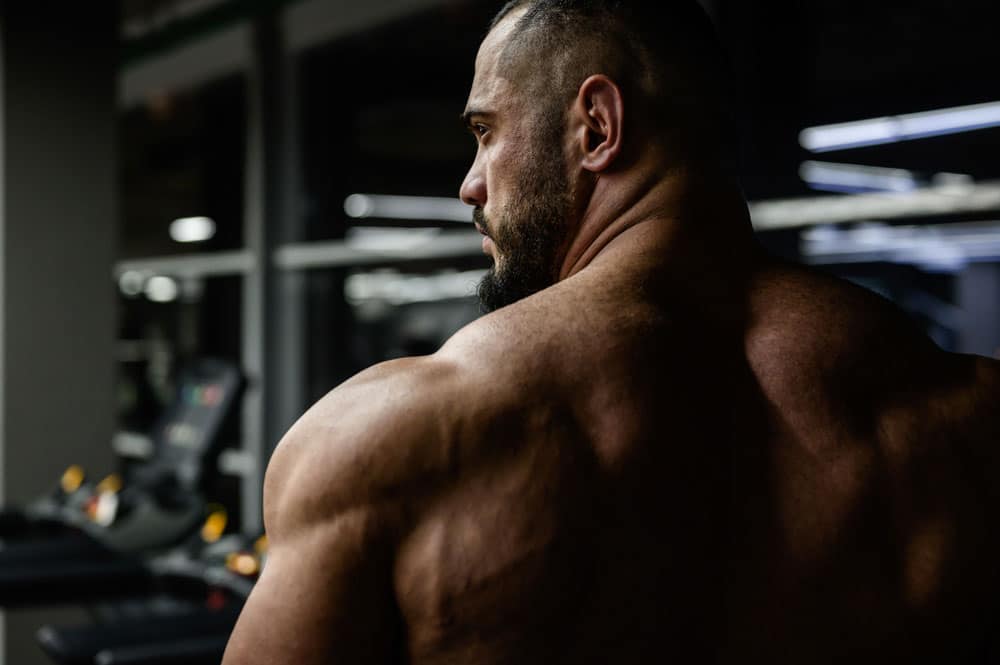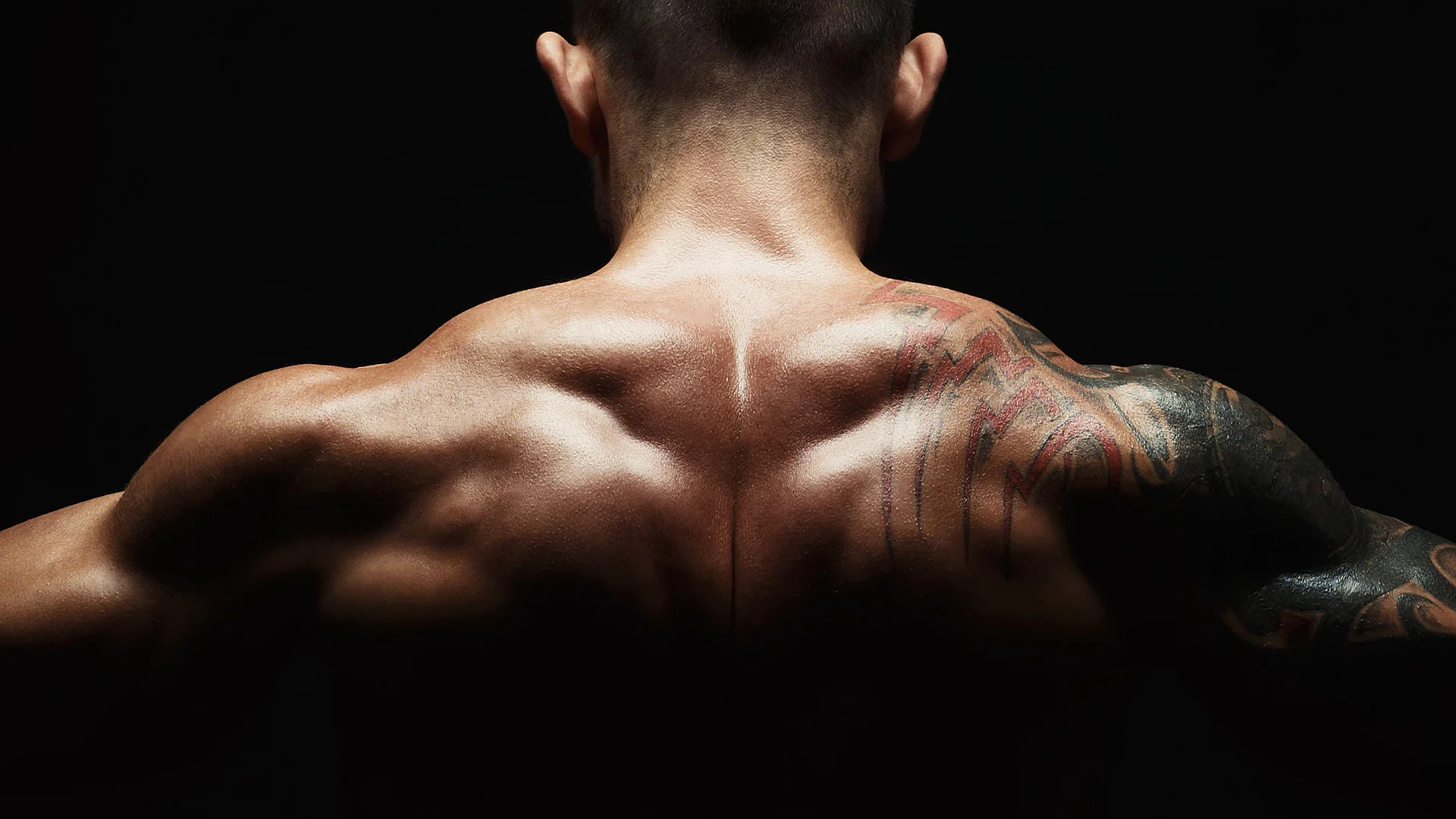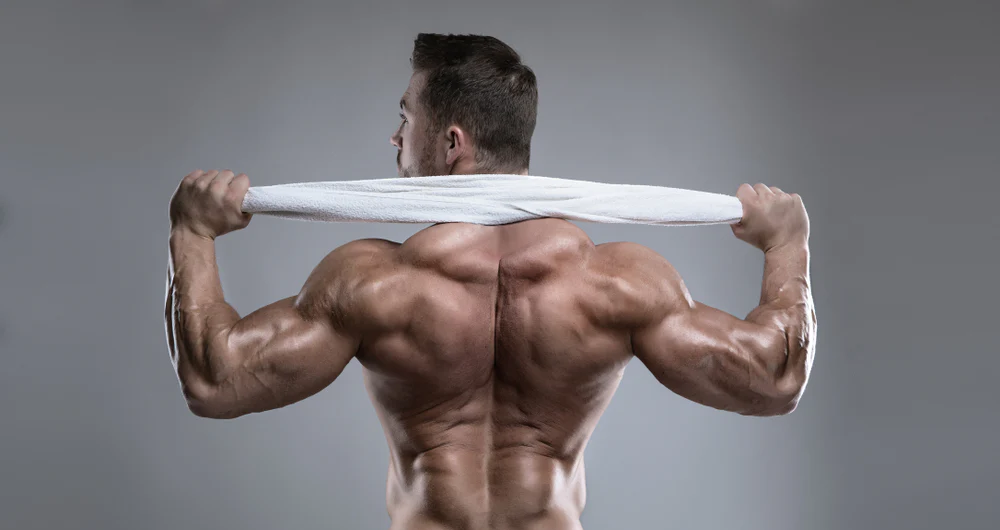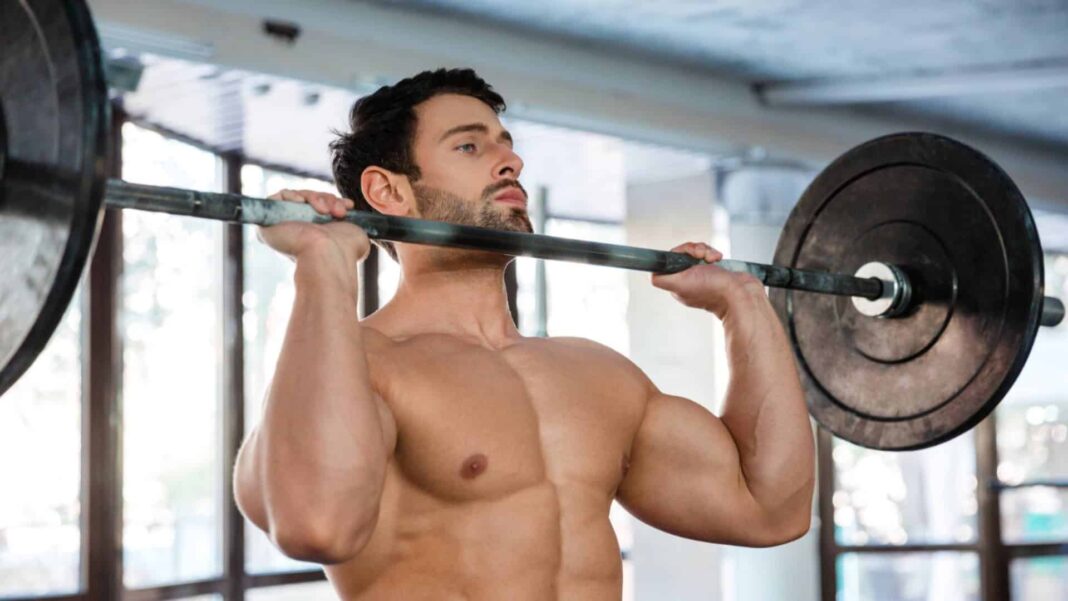Neck & Trap Workouts Hub: The Ultimate Guide to Building a Thicker Yoke
When most lifters think about bodybuilding, they immediately picture big arms, wide lats, and round delts. But there’s one area that separates the average gym-goer from the guy who looks like he could walk off the bodybuilding stage: the yoke — your traps and neck.
If you’ve ever looked at a physique and thought, “That guy just looks strong,” chances are it’s because of his trap and neck development.
These muscles complete the upper frame, improve posture, and add a level of dominance no chest day ever will.
This hub is your complete resource for neck & trap training — from anatomy and function to workouts, exercise breakdowns, and practical strategies. Whether your goal is aesthetics, strength, or long-term protection, this is where you’ll find everything you need.
Why Train the Neck and Traps?
Most lifters don’t need convincing to train chest or arms. But the traps and neck? Too often, they’re an afterthought. Here’s why that’s a mistake:
- Aesthetics
A thick pair of traps and a muscular neck give you that “powerhouse” look. They make your upper body appear wider and more complete. Without them, even big shoulders and arms can look disconnected from the rest of your frame.
- Strength & Performance
Strong traps stabilize the shoulders and upper back — essential for heavy deadlifts, squats, and overhead presses. A strong neck also helps support pressing strength and carries.
- Posture & Longevity
Most of us spend hours slouched over laptops or phones. Weak traps and neck muscles lead to forward head posture, rounded shoulders, and upper back pain. Training these muscles helps counteract that slump, protecting your spine and joints.
- Injury Prevention
A strong neck reduces the risk of concussions and whiplash by stabilizing the head. Strong traps prevent shoulder injuries by controlling scapular movement. If you want to stay under the bar for decades, these muscles aren’t optional.
Trap & Neck Anatomy 101
To train these areas effectively, you need to know what you’re working with.
Trapezius Muscle
- Upper traps – Elevate the shoulders, help stabilize the neck (think shrugs, carries).
- Middle traps – Retract the scapula (think rows, face pulls).
- Lower traps – Depress and stabilize the scapula (think Y-raises, straight-arm pulldowns).
Neck Musculature
- Neck flexors (front) – Nodding, resisting backward force.
- Neck extensors (back) – Looking up, resisting forward force.
- Lateral neck muscles (sides) – Side bending, rotational stability.
The takeaway: If you only shrug a barbell up and down, you’re training a fraction of what actually builds a thick, functional yoke.
Training Frequency & Progression
For most lifters, neck and trap training works best at 2–3 sessions per week. They recover quickly compared to legs or chest, and they respond well to higher volume.
- Traps: Mix heavy shrugging (6–10 reps) with higher-rep isolation (12–20 reps).
- Neck: Use light to moderate resistance with higher reps (15–20) and isometrics for control.
- Progression: Add weight slowly, but more importantly, focus on time under tension and strict contraction.
Think about it like arms — you wouldn’t blast biceps once a week and expect them to grow. Same deal here.
Featured Guides: Deep Dives Into Neck & Trap Training
This hub isn’t just theory — it’s a library of specialized guides you can plug directly into your training. Here’s how they fit together:
🔗 [Best Neck and Trap Exercises for Bodybuilders]
Want the blueprint? This guide ranks the top movements for size and strength, explains which muscles they target, and teaches you how to execute them with precision. Start here if you’re brand new to yoke training — or if you want to upgrade beyond basic shrugs.
🔗 [Neck Training for Bodybuilders: Bigger Neck, Better Posture, Fewer Injuries]
This one goes deep into the why behind neck training. It covers not just aesthetics, but also spinal health, posture correction, and performance transfer to your big lifts. Perfect for lifters who’ve never taken neck work seriously and need a step-by-step intro.
🔗 [Best Shrug Variations Ranked by Activation and Effectiveness]
Not all shrugs are created equal. This guide breaks down barbell, dumbbell, trap bar, cable, and machine shrugs — ranking them by muscle activation and real-world results. If you’ve ever wondered why your shrugs aren’t building traps, this is your fix.
🔗 [Neck & Trap Workout: 30 Minutes to a Thicker Yoke]
Short on time? This workout uses supersets and smart exercise pairings to hammer every part of the traps and neck in just half an hour. Brutal, efficient, and effective — ideal for busy lifters who still want to grow.
🔗 [Home Neck and Trap Training (No Machines Required)]
No gym? No problem. This guide gives you bodyweight, band, and household-object exercises that can still build a serious yoke. Perfect for home gyms, travel, or lifters who want to supplement their training outside the gym.
Training Tips for Maximum Growth
Here are a few principles I’ve learned from years under the bar:
- Prioritize posture before load. If your shoulders round forward during shrugs or carries, you’re missing the point. Train traps to retract and stabilize.
- Use full range of motion. Don’t cut your shrugs short. Let the traps stretch fully at the bottom, then squeeze hard at the top.
- Add carries. Farmer’s walks, suitcase carries, and yoke carries build traps in a way static shrugs never will.
- Respect the neck. Start light, progress slowly, and always warm up. Neck muscles are small and sensitive — train them smart.
- Consistency > novelty. You don’t need 20 variations. Pick 2–3 shrug variations and 2–3 neck moves, progress them for months, and watch your yoke grow.
Sample Weekly Structure
Here’s how you could plug neck and trap work into a typical bodybuilding split:
- Day 1 (Back/Traps): Heavy shrugs + face pulls.
- Day 2 (Chest/Neck): Direct neck flexion + extension work.
- Day 4 (Legs/Traps): Farmer’s carries + incline shrugs.
- Day 5 (Shoulders/Neck): Side flexion + isometrics.
That’s 2–3 touches for each muscle group per week — enough to grow without overkill.
Final Word: Build the Complete Yoke
Your neck and traps are more than accessory muscles. They’re the armor of your upper body — the muscles that make you look strong, keep your posture aligned, and protect you from injury.
Don’t treat them as an afterthought. Train them with the same intensity and structure you give chest, legs, or arms.
This hub is your playbook: start with the fundamentals, explore the guides that fit your goals, and apply the training strategies consistently.
Build your yoke, and you’ll not only look bigger and stronger — you’ll be bigger and stronger, in and out of the gym.





